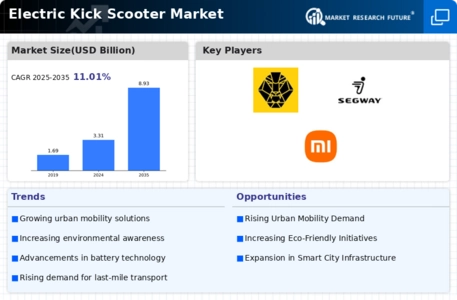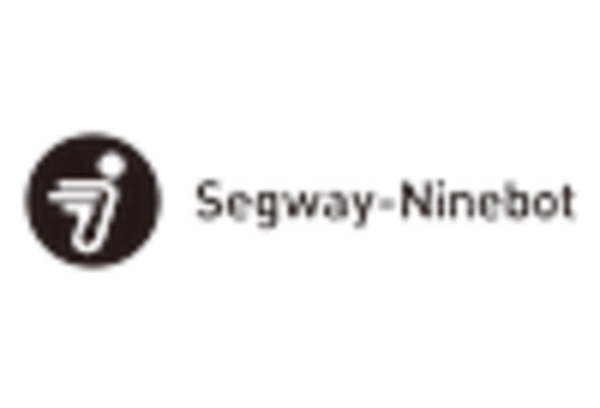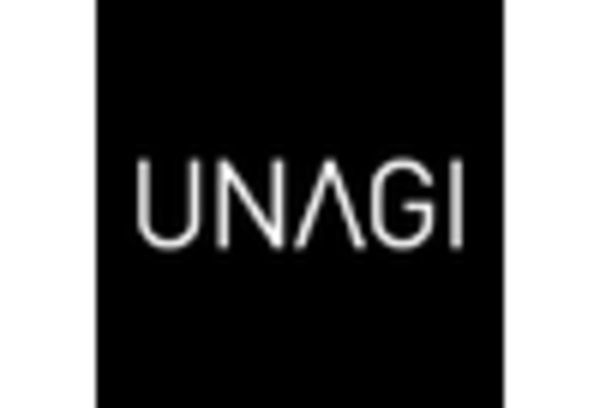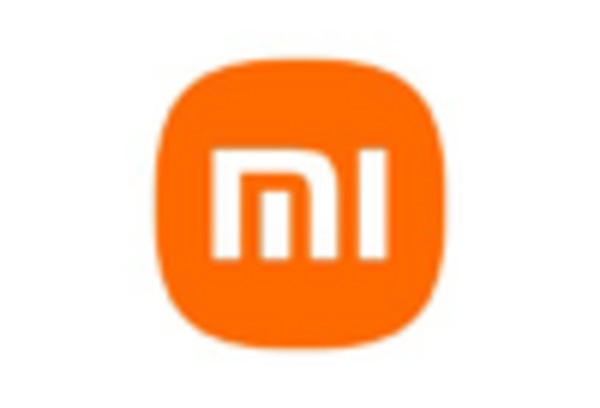Market Analysis
In-depth Analysis of Electric Kick Scooter Market Industry Landscape
As towns around the world deal with pollution and traffic jams, electric kick scooters are a useful and environmentally friendly way to get around town. Electric bikes are becoming more popular as an eco-friendly and low-carbon way to get around. This helps the shift toward more eco-friendly urban growth, which is what drives the industry. Electric kick scooters are now on the market thanks to new technologies. Electric bikes are becoming more useful and better at what they do thanks to ongoing improvements in battery technology, motor efficiency, and connection technologies. The market can grow because the scooters' batteries last longer, charge faster, and have smart ways to link. Due to their use of cutting-edge technologies and makers' research and development efforts, electric bikes are both a smart way to commute in cities and a safe way to get around. There are effects on the use and acceptance of electric bikes in urban transportation networks that come from both local laws and national policies. These new micro-mobility options are making cities change their rules and facilities, which is opening up new market possibilities. However, people in the business are still having a hard time navigating the many and changing legal systems in different places, which slows down and widens the market entry rate. Changing patterns of urbanization and the need for last-mile connectivity also have an effect on the electric kick scooter market. When traveling short distances in cities with lots of people, people want faster and more maneuverable ways to get around. When it comes to last-mile connection, electric bikes are the answer. They connect public transportation to final places. The market is changing because people need faster and easier ways to get around in crowded cities. This makes electric bikes a good and popular choice for people who drive to work in cities. Electric kick scooters are becoming more popular as people become more aware of them and change their tastes. More and more people want to buy electric bikes because they are better for the environment and easier and cheaper to use for transportation. Electric bikes are becoming more popular among young people and workers who want open and efficient ways to get to work. This has helped the industry grow. Consumers' wants for sustainable and on-demand movement affect the market as a whole, forcing companies to change what they have to give to meet those needs. Electric kick scooters are in a tough market because of safety issues, limited infrastructure, and operating problems. Electric scooter users and governing bodies are still worried about the number of accidents and injuries they cause. The availability of specialized infrastructure, such as roads and charging stations, affects market dynamics by deciding whether electric bike sharing programs can work and how well they do. Taking care of these problems is necessary for everyone in the business to make sure that electric kick scooters continue to grow and become popular.

















Leave a Comment